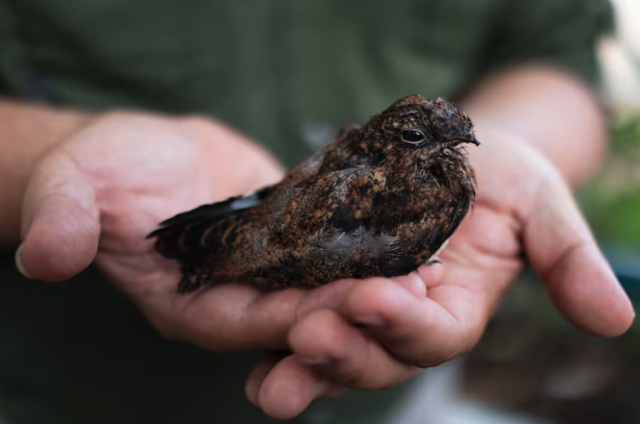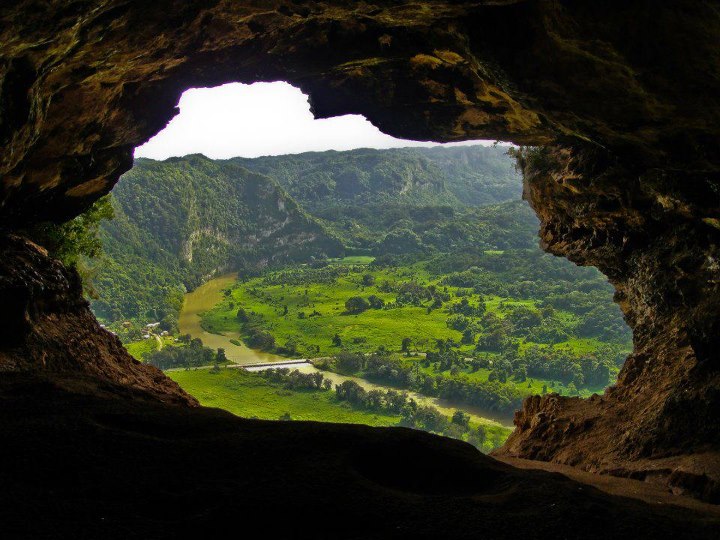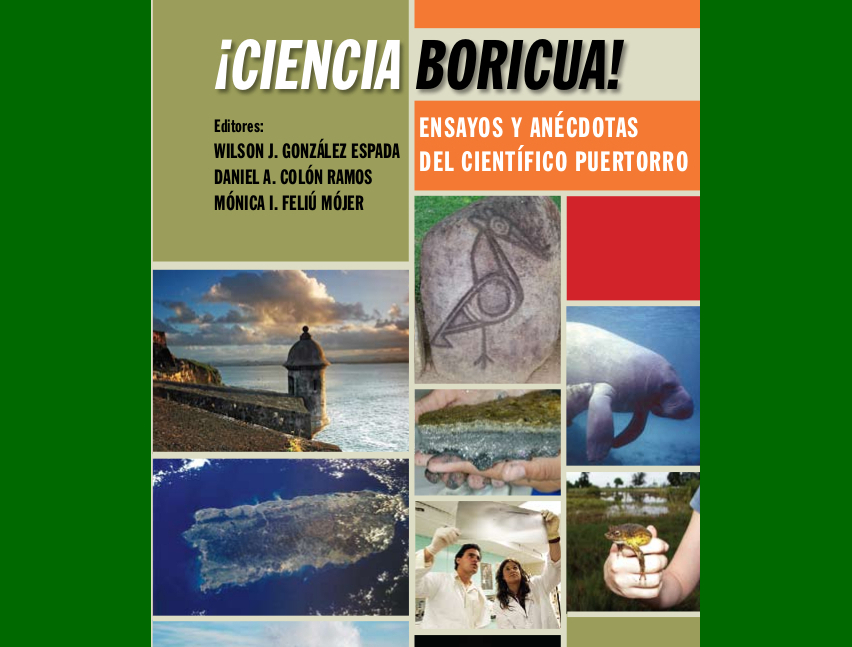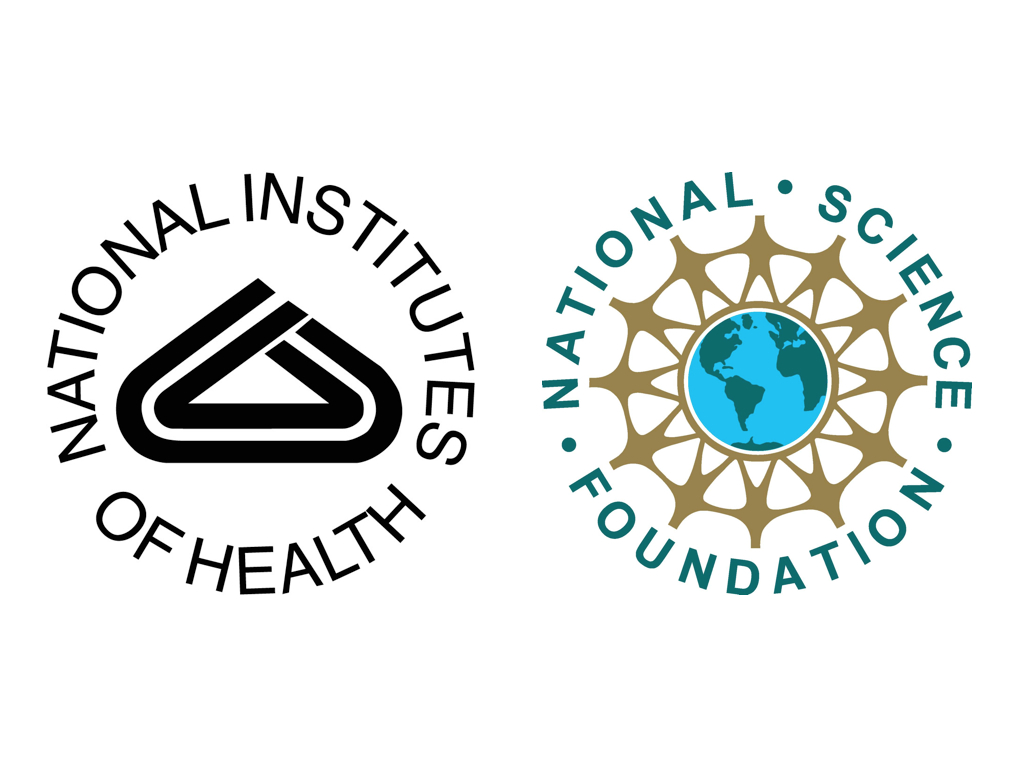“A second chance at life”: more than 200 birds have been rehabilitated at the Parque de las Ciencias in Bayamón.
Submitted on 19 October 2025 - 7:42pm
This article is reproduced by CienciaPR with permission from the original source.
CienciaPR Contribution:
Original Source:

Bayamón — Over the past decade, around 210 birds — from multiple species — have been given “a second chance at life” at the Rehabilitation Center and Sanctuary of the Parque de las Ciencias in Bayamón, which will now feature a new building next to the animal shelter to continue receiving and assisting injured birds from different parts of Puerto Rico.
“The main goal of the Municipality of Bayamón, together with Toro Verde (the Park’s administrator), is to give these mistreated animals a second chance at life. We provide them with medical care; then comes the rehabilitation process, where we teach them how to fly and eat again so they can return to their environment. It’s a contribution that every citizen can make,” shared Dr. José Trujillo, standing beside the cage of two rescued red-tailed hawks (guaraguaos).
The Center began operations in 2015, when citizens would bring in injured birds they found in their yards or on the road. Most of the birds they’ve received are birds of prey, such as hawks and owls, which are carnivorous.
Bayamón mayor Ramón Luis Rivera Cruz noted that they have even received exotic species seized in operations by the Department of Natural and Environmental Resources (DRNA).
“This space allows us to educate new generations and help restore local wildlife. It gives animals that have been in accidents a second chance at life. The Center will be moving to a new building near the animal shelter, so that Dr. Trujillo will be closer to it, and here in the Park, the educational component — managed by Toro Verde — will remain,” explained Rivera Cruz.
Regarding infrastructure plans, the mayor revealed that the design for the new Bird Rehabilitation Center is already complete and the project “will go out to bid in the coming days.” The project — which includes improvements to the animal shelter — will require an investment of around $800,000, funded by the municipality.
Currently, when a rescued bird arrives at the facility, it undergoes a medical evaluation by Trujillo and a veterinary technician, which includes X-rays to identify possible fractures.
“In many cases, we find fractures. If they’re fresh and if whoever receives the bird — whether DRNA staff or citizens — acts quickly, we can perform orthopedic surgery to set and join the bones, place the bird in recovery, and later proceed with the release process,” Trujillo explained.
“It’s not just opening the cage”
Inside the visitor orientation room, Trujillo emphasized that injured birds “are not pets” — they require “special care,” and often people who capture them “clip their wings” out of fear they’ll escape, which causes serious harm.
After showing a video of a small falcon’s release, he shared that the bird had spent nearly a year in rehabilitation mainly because part of its wings had been cut.
“Wings have a natural sensory system that works together with the bird’s vision. Birds shed and regrow their feathers according to the seasons. When you clip their wings, you disrupt that entire system. We had to start a process of removing the feathers so the falcon’s body would react and grow new ones,” he detailed.
On average, birds spend six to eight months in recovery. In fact, park staff recently released a pelican that had been rescued in Isabela and, after months of rehabilitation, was freed on the west coast.
“The process is not just opening the cage and letting the bird fly out,” Trujillo insisted, explaining that his team travels to the area where the bird was found “to keep the habitat as natural as possible and maintain that generational link.”
“We see pelicans frequently, and most of them arrive due to human-caused injuries. The main reason pelicans are brought to us, aside from boat collisions, is fishing hooks. They arrive with hooks stuck in their mouths,” he warned.
Another frequently received migratory species is the Antillean nighthawk (querequequé antillano), which nests on the ground. While gently holding one of the small birds’ wings, he explained that they make their nest, lay a single egg, and raise the chick on the ground — something many people don’t know. “This baby was rescued here, and we’ve already been able to release several,” he said proudly.
“All the animals that we cannot release because they can no longer survive in their habitat — because they can’t fly or have gone blind — stay at the Park for educational talks,” added the mayor.
The oldest animal at the Center is a short-eared owl, which has lived at the Park for nearly 10 years and has served as an educational ambassador for hundreds of children and teachers who visit the facilities. Trujillo assured that for those species that cannot be released, “we give them a dignified life.”







